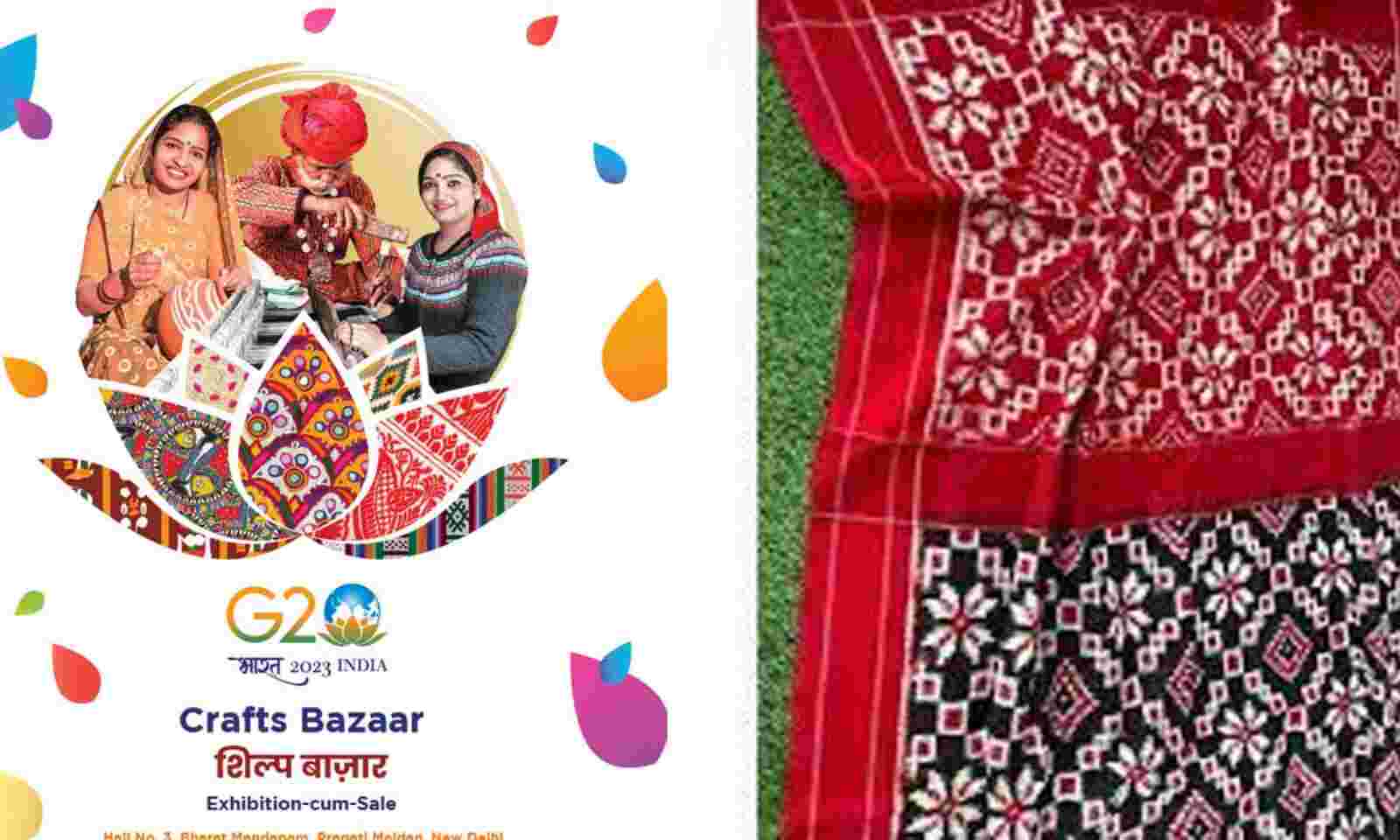Kashidakari, Papier Mache from Jammu and Kashmir is set to feature at G20 Crafts Bazar in New Delhi
An official statement said that on the sidelines of the G20 Summit in New Delhi, a ‘Crafts Bazaar’ (Exhibition-cum-Sale) is being set up in Bharat Mandapam, Pragati Maidan from September 8-10.
This Crafts Bazaar will showcase handicraft products from different parts of India with a special focus on One District One Product (ODOP), GI-tagged items and products crafted by women & tribal artisans. Delegates and international media participating in the Summit will have an opportunity to visit this Crafts Bazaar and purchase locally sourced products.
The Bazaar would thus not only promote made-in-India products on a global stage but also open up new economic and market opportunities for local artisans.
The exhibition is being organised by the G20 Secretariat in coordination with the Ministry of Textiles and State/UT Governments. Around 30 States and UTs as well as Central agencies like Khadi Village & Industries Commission, TRIFED, Saras Ajeevika will be participating in the Crafts Bazaar.
Kashidakari, literally meaning needlework, is the famous embroidery style of the Kashmir valley. Kashidakari is an umbrella term that covers diverse techniques such as crewel or aari work, tilla, sozni, and rezkar.
The fabric used as a base for kashida embroidery is typically pashmina wool in cream, white, or soft pastel shades. Kashmiri embroiderers employ a wide array of colours for the embroidery.
Popular motifs include the chinar leaf, cypress tree, almonds, grapes, pomegranates, and flowers like the iris, narcissus, lotus, daodil etc.
Papier mache was introduced in Kashmir by Sultan Zain-ul-Abadin in the 15th century. It involves the use of paper, rice flour, and acrylic colours as the main materials, with wood, terracotta, and metal forming the base. Its production entails mould-making using materials like wood, copper, and local materials like waste paper and rice flour.
The making of papier mache involves several steps including pishlawun for polishing, followed by naqashi for surface decoration with acrylic colors and sometimes gold foil. Some of the known master craftsmen of the art include Iqbal Hussain Khan and Muzzafar Hussain Kashu, the official statement said.

